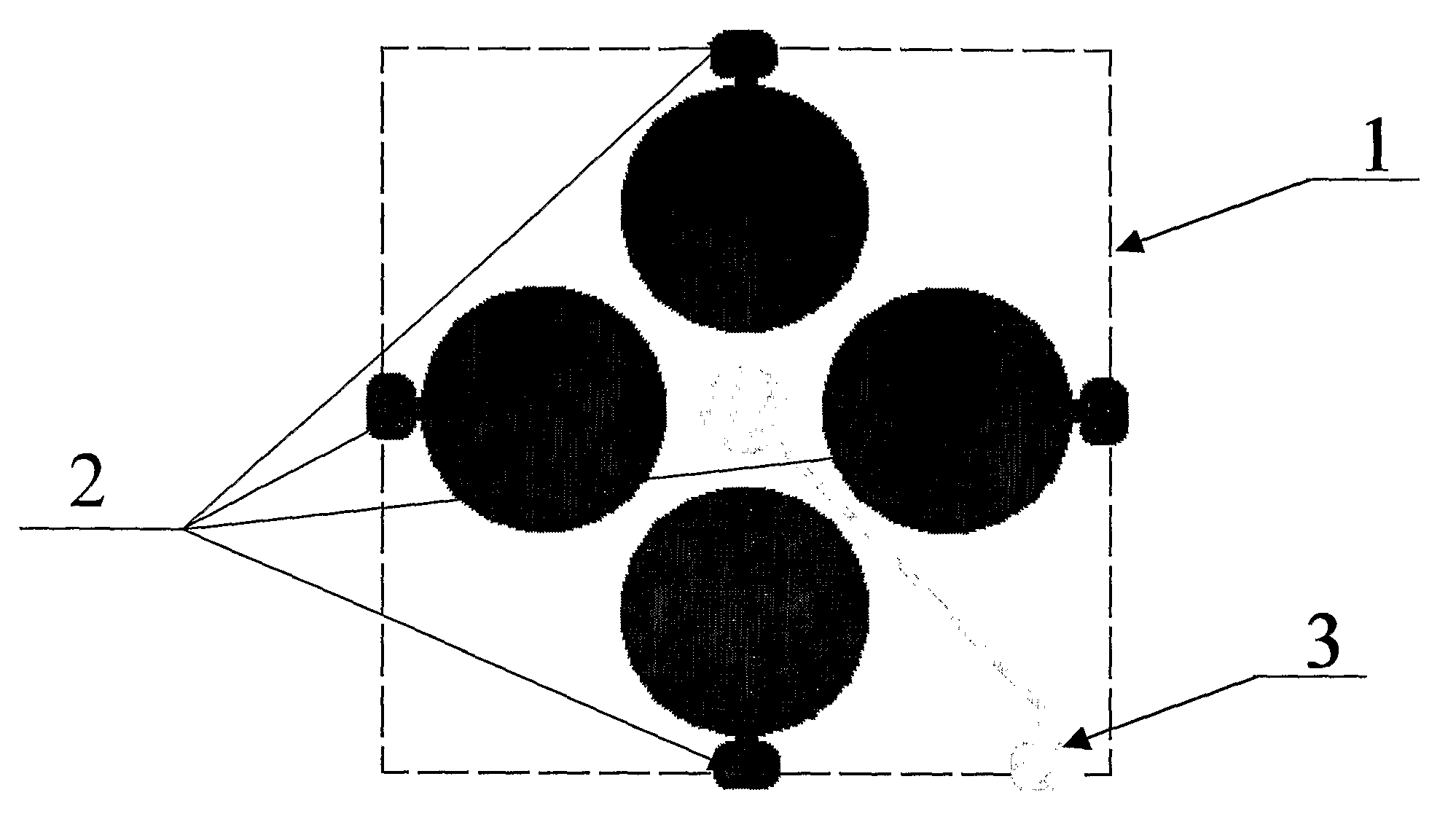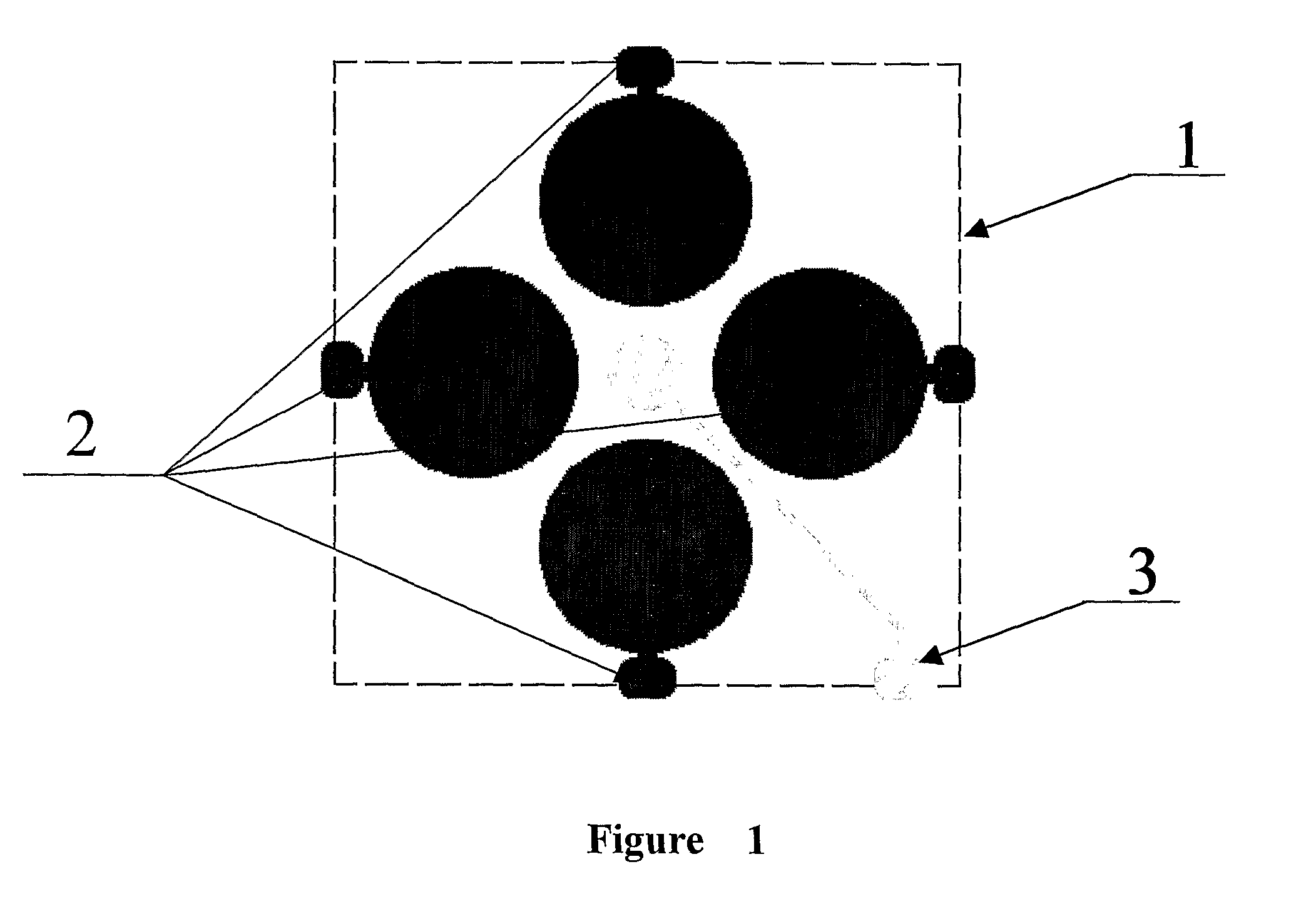Methods for Improving Efficiency of Cell Electroporation Using Dielectrophoreses
a cell electroporation and dielectrophorese technology, applied in the direction of electrostatic separators, diaphragms, electrolysis, etc., can solve the problems of low cell electroporation efficiency of virus-mediated cell transfection, high risk of infection and immune response, and difficult construction and large-scale production of viral vectors, etc., to achieve high-efficiency cell electroporation and improve cell electroporation efficiency
- Summary
- Abstract
- Description
- Claims
- Application Information
AI Technical Summary
Benefits of technology
Problems solved by technology
Method used
Image
Examples
Embodiment Construction
[0019]The present invention provides methods of enhancing the efficiency of cell electroporation using dielectrophoresis-assisted cell localization. Specifically, the invention makes use of cell dielectrophoresis to localize cells to regions where effective electroporation can be carried out, thereby improves the efficiency of cell electroporation. The invention involves manipulation of cells under electric field, and is suitable for microfluidic devices and automation.
[0020]In one aspect, the invention provides a method of improving efficiency of electroporation of cells, comprising: a) subjecting the cells to a first dielectrophoretic electric field which causes the cells to localize to an effective electroporation region; b) subjecting the cells to a second electric field which induces electroporation of the cells.
[0021]“Dielectrophoretic electric field” refers to a spatially non-uniform electric field, which generates an electric force on microparticles (such as cells). As is fu...
PUM
| Property | Measurement | Unit |
|---|---|---|
| Electrical conductor | aaaaa | aaaaa |
| Electric potential / voltage | aaaaa | aaaaa |
| Efficiency | aaaaa | aaaaa |
Abstract
Description
Claims
Application Information
 Login to View More
Login to View More - R&D
- Intellectual Property
- Life Sciences
- Materials
- Tech Scout
- Unparalleled Data Quality
- Higher Quality Content
- 60% Fewer Hallucinations
Browse by: Latest US Patents, China's latest patents, Technical Efficacy Thesaurus, Application Domain, Technology Topic, Popular Technical Reports.
© 2025 PatSnap. All rights reserved.Legal|Privacy policy|Modern Slavery Act Transparency Statement|Sitemap|About US| Contact US: help@patsnap.com



